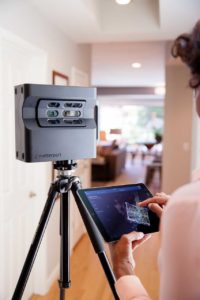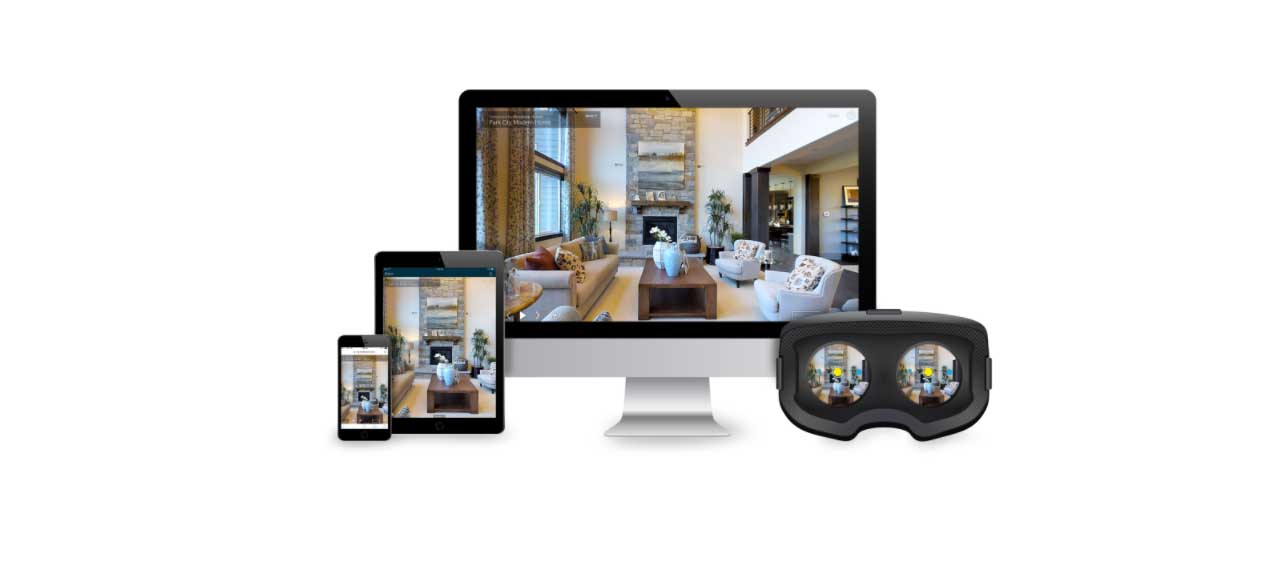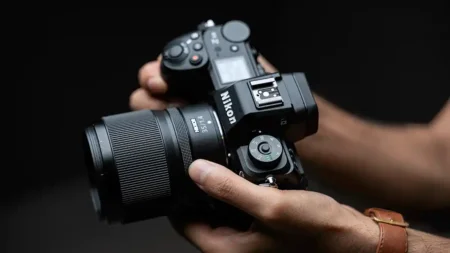In this guest post, James Morris-Manuel of 3D, VR firm Matterport explains how this nascent technology will soon play a crucial role in the daily lives of professional photographers.

Brian May is reportedly an enthusiast of stereoscopic 3D photography, an analogue technique used to create the illusion of depth in stills photography. In-fact, he’s just published a well-received stereoscopic tome about Queen.
Analogue and digital techniques for achieving 3D images are of course myriad, and suggest that a human desire for added visual interest, an immersion in a literal tableau vivant, remains a key pursuit of many image makers.
New technology provides a unique new way of capturing an image and telling a story. For example, effectively creating a photograph you can explore, on a screen, or via a VR headset.
These days, multiple commercial and professional packages for achieving 3-dimensional, even virtual reality, imagery are available.
So where does that leave the professional photographer, largely the purveyor of the traditional static image?
Sadly for the paparazzi, we’re not quite there when it comes to Harry Potter-style moving images in a printed newspaper – though their online versions are another tale entirely – and there’s little anticipated demand for the ability to virtually navigate in an image to behind the football team’s lineup or the chief executive’s head.
The appetite for the static image obviously isn’t dead, as the billions of casual photos taken and stored by mobile and tablet owners testify. Stills images are ubiquitous.
Immersive photographic techniques may be a pretender (of sorts) to the throne, but they shouldn’t be regarded as a “disruptor” to the world of photography either.

For example, the Matterport system can produce print-ready photos, but the same hardware also creates 4K virtual navigable tours of places, virtual reality, floor plans, and virtual 3D “dollhouses” of buildings.
These 3D and VR techniques are finding multiple uses. Ours is used to market all kinds of properties for sale and rent, but it also has uses in architecture, engineering, hotels, event spaces and construction. We’ve captured more than half a million places in over 80 countries so far.
However, beyond these useful new applications, many who pursue virtual photographic tour commissions equally continue to pursue conventional stills photography work.
VR and 3D adds another string to the bow, or to put it more corporately, provides another suite of services to offer clients.
Photography, itself once a new technological fad, didn’t replace portraiture in oil.
Far from killing the art of the photographer, 3D and VR techniques have the potential to add value, to supplement, to provide additional income streams, which is a consideration particularly for freelancers who may find themselves dependent on an unpredictable stream of commissions.
Innovation doesn’t equal disruption.



